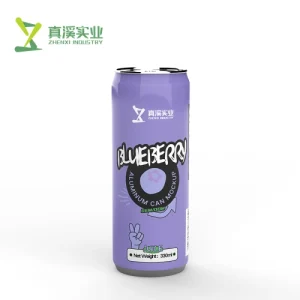The literature of tea drinking is old, offered in more than 1.5 thousand different types compendiums. These influences include of the region, processing method and cultural tradition. In general, the essence of tea should be divided into 6 categories: green, red black and white Qingcha Wulong yellow Lin he Changhai. Different processing steps, specific to the type of white tea are used and these different methods give each varied health benefits. Green tea is an example of a beverage that maintains its natural color by not undergoing oxidation, so it contains extremely high levels of catechins and accounts for only about 35% antioxidants.
Fully oxidized black tea is the most consumed type of tet in the world, accounting for approximately 78% of global teat consumption;191 it is more oxidizd than oolong,-flavor and migher caffeine content as around 40-70 mg per 8 oz serving. Black tea: this is the one most commonly drunk in Western countries and main ingredient of popular blends like Earl Grey or English Breakfast. On the other end of the scale, white tea is very lightly processed and mainly produced in Fujian province in China; where its subtle flavour profile coupled with a high content antioxidants has resulted in it being an increasingly popular variety.
Oolong is the "champagne of tea"- a nuanced-flavor-packed taste that runs between 8% to 80%, thanks to its semi-fermentation process. Roasting usually brings out flavor profiles. you may find(after oxidation) floral to fruity nodes within each roast profile. Notable among these are oolong teas such as the famous Tie Guan Yin and Da Hong Pao (Big Red Robe) which we treasure for their aromatic depth.

Sealed yellowing for a week gives the unique mild stunning flavor to this rare and expensive tea known as Yellow Tea. This type is quite unknown but reputed in tea circles for its silky smoothness and light intricacy.
One specific example is the Pu-erh tea, which under went a post-fermentation process can be aged for several years resulting in improved flavor profile and health benefits. Specific to the Chinese region of Yunnan, this is frequently eaten for its digestive and cholesterol busting capability.
Although herbal teas are not real tea drinks, it has been so well received by the public and health benefits you can check them out too. Herbal teas are infusions brewed from flowers, herbs and also fruits. They do not contain caffeine. Chamomile (a good bedtime option as chamomile is known to have calming affects) Peppermint tea, which has been used for centuries for its benefits on the digestive system.
Having said that, the global tea market is valued at $55 billion (2020) indicating their popularity around the globe. Reaching $68 billion by 2026, the global climate control market is expected to grow at a CAGR of 5. For the tea category, this growth reflects a consumer base with growing curiosity surrounding new flavor fusions and health benefits.
The Tea Drink category continues to expand with new flavors and blends answering customer needs. Tea has also gained global popularity, with a huge contribution from brands such as Lipton and Twinings who have introduced new blends to an otherwise old sedentary way of consuming tea.
As tea virtuoso James Norwood Pratt once articulated, "Tea is quiet and our thirst for [tea]...is a far cry from our craving for beauty." This quotation illustrates the worldwide nature of tea - a beverage whose peace and quiet fall away from tradition or geography to icon greater tranquility in day-to-day lives.
